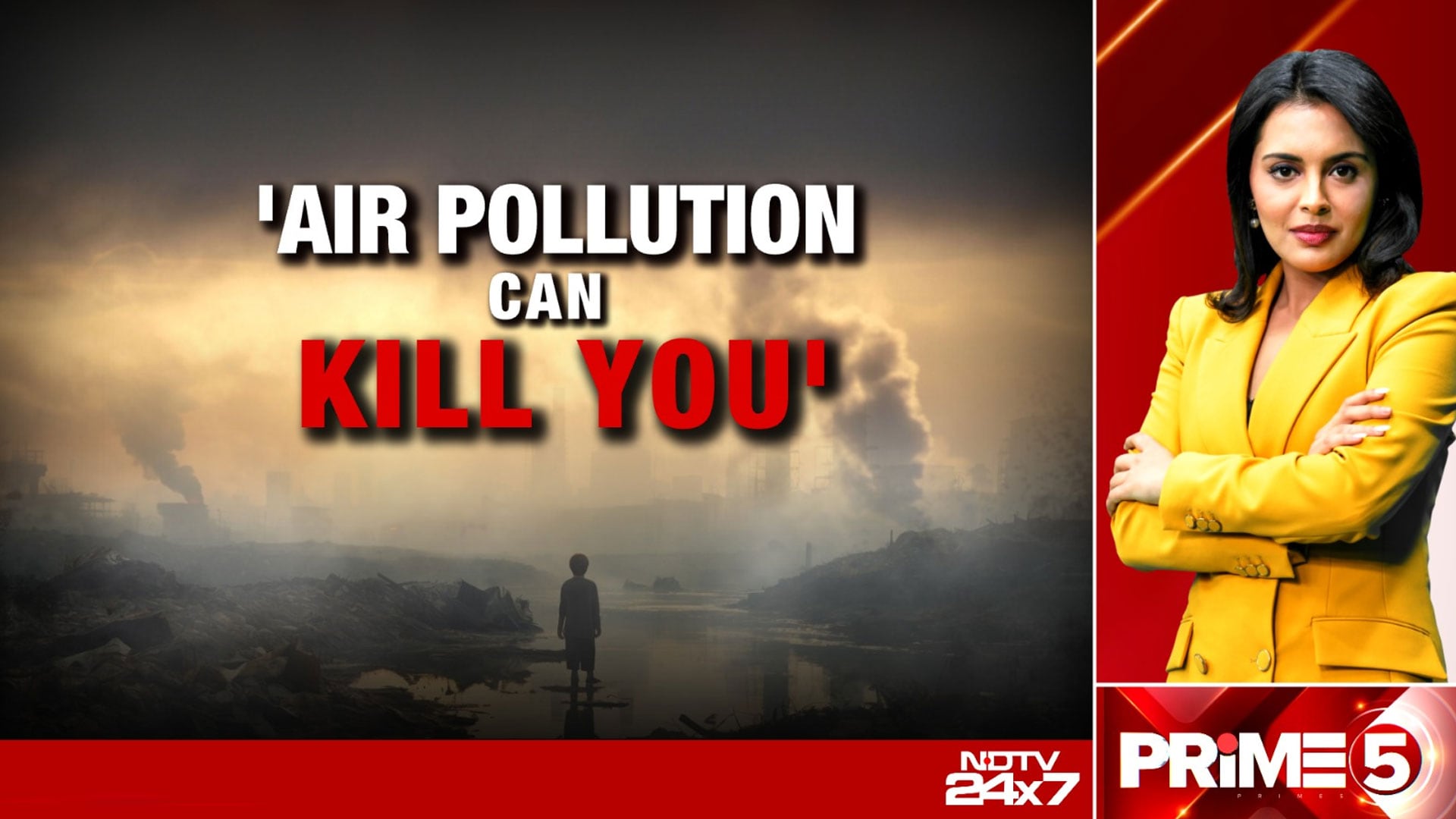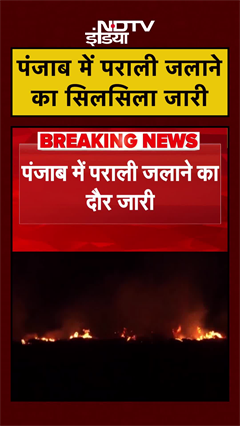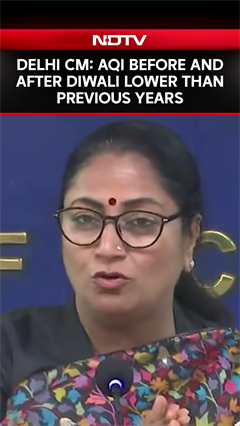- Home/
- Need To Strengthen Monitoring Network In Delhi-NCR: Air Quality Panel
Need To Strengthen Monitoring Network In Delhi-NCR: Air Quality Panel

The Commission for Air Quality Management (CAQM) has recommended strengthening of the air quality monitoring network in the national capital region (NCR) to identify pollution hotspots and assess transboundary movement of pollution.
The recommendation is part of a policy formulated by the panel to curb air pollution in Delhi-NCR.
The CAQM noted that there has been considerable progress in expanding the air quality monitoring network in Delhi-NCR since 2015.
The region has a total of 146 monitoring stations at present, of which 65 are manual and 81 real time.
There are 50 air quality monitoring stations (both manual and real-time) in Delhi, 11 in Gurugram, 8 in Ghaziabad, 12 in Gautam Buddh Nagar, five in Faridabad, four in Baghpat and three each in Jhajjar, Sonipat and Rohtak.
Alwar, Bharatpur, Bhiwani, Bulandshahr, Charkhi Dadri, Hapur, Jind, Karnal, Mahendragarh, Meerut, Muzaffarnagar, Panipat, Rewari, Shamli, Mewat and Palwal have a total of 146 air quality monitoring stations.
“Nearly a quarter of all the real-time air quality monitors in the country are in Delhi-NCR. However, there is asymmetry in the distribution of monitors.
“Most monitors are concentrated in urban centres. While 50 per cent of the real-time monitors are located in Delhi, the remaining are distributed mainly in the four cities of Faridabad, Gautam Buddh Nagar, Ghaziabad and Gurugram,” the panel said.
The other districts of NCR have only one real time monitor each. Until some time ago, several districts did not have any monitors at all, including manual ones.
Of the total 65 manual stations in NCR, only 20 have PM2.5 monitors.
“Further strengthening of the monitoring grid in the NCR region requires a roadmap. Delhi has a sufficient number of regulatory monitors and needs to focus on quality control of the data and its dissemination. The rest of NCR will require further strengthening of the grid,” read the policy document issued by the CAQM on Wednesday.
“The multiple monitoring objectives include short and long-term air quality trends in different land-uses; air quality gradient in the urban area, establishing compliance with the air quality target; assessing exposures in local environments and pollution hotspots; disseminating daily pollution alerts to public and for emergency measures; and assessing transboundary movement of pollution,” it said.
The panel said the Air Quality Early Warning System' (AQEWS) and Decision Support System (DSS) should be further expanded to cover the entire NCR for better and informed decision making.
The Indian Institute of Tropical Meteorology had recently developed AQEWS which provides a dynamic daily air quality forecast for Delhi-NCR.
This enables advance decision on emergency action during periods of anticipated adverse air quality.
Recently, the AQEWS was integrated with DSS for effective air quality management in Delhi-NCR.
DSS provides both qualitative and quantitative information regarding contribution of different emission sectors in the region, including biomass-burning in neighbouring states.
S N Tripathi, steering committee member, National Clean Air Programme said the focus on strengthening the quality of air pollution data and filling gaps through sensor-based monitoring to cover rural and peri-urban areas will help authorities make evidence-driven decisions for better mitigation and abatement measures.
The policy, unveiled on Wednesday, lists sector-wise action plans to curb air pollution in Delhi-NCR in the next five years. It comes into effect immediately.
According to the policy, all thermal power plants located within 300 kilometre radius of Delhi will have to ensure compliance with emission standards according to the deadline set by the Union environment ministry.
The policy talks about phasing out diesel-run auto-rickshaws in Gurugram, Faridabad, Gautam Buddh Nagar and Ghaziabad by December 31, 2024 and the remaining districts in NCR by December 31, 2026.
Only Compressed Natural Gas (CNG) and electric autos will be registered in NCR from January 1, 2023.
Fuels pumps in Delhi-NCR will not give fuel to vehicles not having a valid pollution-under-check certificate from January 1, 2023, it said, adding the use of coal in industrial application will be banned from January 1, 2023.
also read
Latest Stories
- Edited by Srishti Singh Sisodia | Sunday October 26, 2025
The first images from Sentinel-4 have revealed nitrogen dioxide hotspots over Italy's Po Valley.
- Press Trust of India | Saturday October 25, 2025
Three out of four households in Delhi-NCR are already experiencing the ill-effects of toxic air, with common complaints ranging from sore throat and cough to burning eyes, headaches and disturbed sleep, according to an online survey
- Press Trust of India | Saturday October 25, 2025 , New Delhi
The sudden exposure to smoke, toxic gases, and fine particulate matter has left the elderly, children, pregnant women, and those with chronic respiratory or cardiac illnesses struggling to cope.
- Asian News International | Saturday October 25, 2025 , New Delhi
The Air Quality Index (AQI) in the national capital improved on Saturday morning but remained under the "poor" category, with Stage II of the Graded Response Action Plan (GRAP) already in effect across Delhi-NCR.
- Press Trust of India | Friday October 24, 2025 , New Delhi
With the city's air quality remaining in the "poor" category, Delhiites are rushing to stock up on air purifiers and masks, leading to a 60-70 per cent jump in sales, traders said.
................................ Advertisement ................................
Latest Videos
Opinion
Opinion | Why Indians Have Just Given Up On Air Pollution CrisisTanushree Ganguly
Friday December 20, 2024While some may argue that people in Delhi are now more aware of air pollution than they were a decade back, my rebuttal would be that awareness does not mean that people are concerned.
Opinion | You Must Outrage Over Filthy Air More Than Once A YearJyoti Pande Lavakare
Tuesday December 10, 2024Delhi welcomed us with monsoon rains and mangos. We were home. Fast forward a couple of years, in the winter of 2012, I found myself in denial about something other parents, mostly expats, were calling toxic air.
Opinion | Delhi's Air Pollution Situation Is Like A Bad MarriageNishtha Gautam
Friday November 22, 2024On a good day, such as today, the AQI reading in Delhi is 407. We are jubilant at the sickly sunshine trickling through the slightly dissipated smog. At least its not 1600.
दिवाली... पराली... सियासी जुगाली!Ashwini kumar
Monday November 18, 2024दिल्ली-एनसीआर में प्रदूषण का समाधान तो आज तक मिला नहीं. हर साल चिंतित होकर हम-आप सांसों की तकलीफ के साथ-साथ दिल और ब्लड प्रेशर के मरीज भी क्यों बनें?
घर में कैद बुजुर्ग और हांफते लोग, दिल्ली की सांसों में घुला ये कैसा रोग?Nidhi Kulpati
Friday November 08, 2024हमारी हवा जहरीली हो रही है. गुरुवार की शाम को जब मैं इस मुद्दे पर लिखने बैठी तो AQI लगातार 400 पार जाकर दम घोंट रहा था. बहुत लोगों को यह मामला बोरिंग लगे, लेकिन जब आप अपने साथ काम करने वालों को खांसते-हांफते देखते-सुनते हैं, तो चिंता होने लगती है. सुबह उठते ही दरवाजे खिड़कियां खोलने के लिए डॉक्टर मना कर रहे हैं. बड़े बुजुर्गों के लिए तो मॉर्निंग वॉक बाहर की दुनिया से सीधे संपर्क का ज़रिया है, लेकिन डॉक्टर इसकी भी मनाही कर रहे हैं.


















